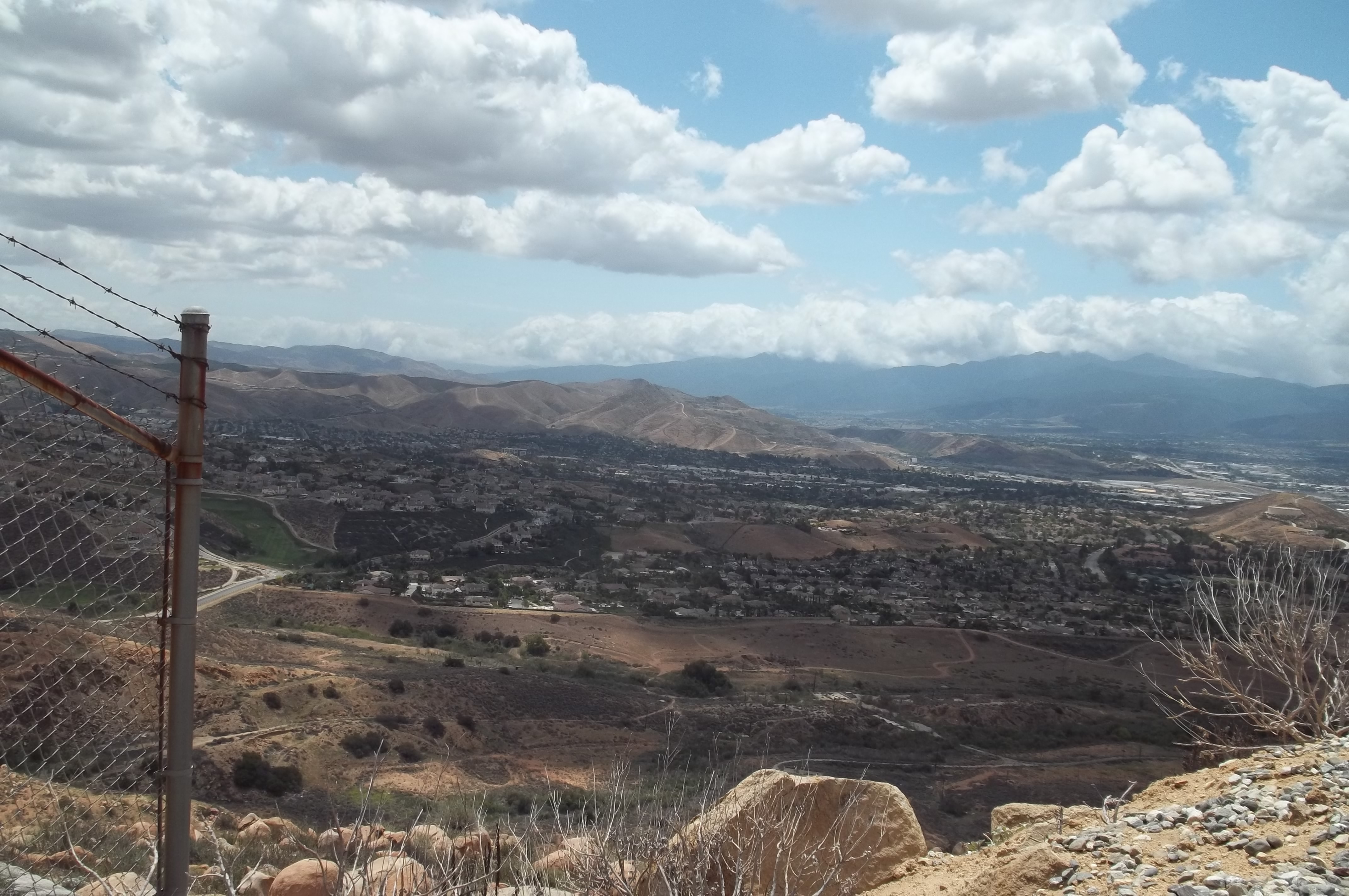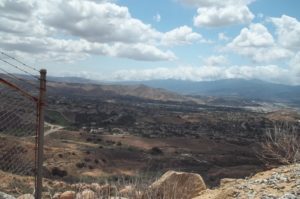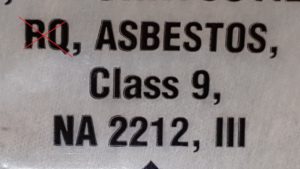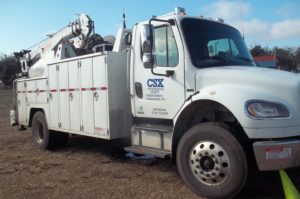Before we begin you must understand that the California regulations for the management of hazardous waste are more stringent and more broad than those of the USEPA – and indeed, more stringent and more broad than any other state with an authorized hazardous waste program. I could make a list of all of the instances where the California regulations managed by the Department of Toxic Substances Control (DTSC) include requirements for generators of waste not found anywhere else (e.g. used oil is a hazardous waste in California). But we don’t have the time to list all of the California hazardous waste generator regulations here. Instead, the focus of this article is to identify and briefly describe the eight (8) – yeah, that’s right, eight! – subcategories of a characteristic toxic hazardous waste identified by DTSC.
The characteristic of toxicity is defined in 40 CFR 261.24 of the USEPA regulations and at 22 CCR 66261.24 of the California Code of Regulations. A waste is a toxic hazardous waste in California if it is identified as being toxic by any one – or possibly more – of the following eight subcategories.
TCLP:
The Toxicity Characteristic Leachate Procedure (TCLP) is a test procedure used by USEPA to determine if a waste contains an identified toxin in its leachate that is at or above its Regulatory Level (RL). This method of determination has been adopted by DTSC. In other words, if a waste is determined to be a toxic hazardous waste under the Federal regulations of the USEPA it will also be regulated as a hazardous waste in California by the DTSC. This is what is known in California as a “RCRA Hazardous Waste”. The toxins and their RL are identified at 66261.24(a)(1).
The remaining seven (7) subcategories are managed in California as a “Non-RCRA Hazardous Waste”, meaning that they are not subject to Federal regulation and are a hazardous waste only when subject to the DTSC regulations in California. These are sometimes also known as “California-Only Hazardous Waste”.
Totals and WET:
66261.24(a)(2) of the CCR contains two tables of toxins that include many of those of the USEPA but also many more that neither USEPA nor any of the other authorized state programs regulate as a toxin (e.g. zinc and/or zinc compounds).
- Table II: List of Inorganic Persistent and Bioaccumulative Toxic Substances – contains twenty (20) entries.
- Table III: List of Organic Persistent and Bioaccumulative Toxic Substances
In addition to identifying many more toxins, DTSC regulations include two test methods not found in USEPA regulations:
- Waste Extraction Test (WET)
- Total Digestion
Each of the above test methods is matched to one of two limits assigned to each toxin.
- Soluble Threshold Limit Concentration (STLC) measured in mg/l if using the WET.
- Total Threshold Limit Concentration (TTLC) measured in mg/kg if using Total Digestion.
So…
A substance is a toxic hazardous waste according to this subcategory if either of the following is true:
- It contains an identified toxin at a concentration in mg/l of waste extract at or above the STLC value when using WET.
Or…
- It contains an identified toxin at a concentration in mg/kg in the waste at or above the TTLC value when using Total Digestion.
Acute oral toxicity:
A toxic hazardous waste if it has an acute oral LD50 of less than 2,500 mg/kg. If analytical data is not available a calculated oral LD50 may be used. In other words, if by test or calculation it is determined that a concentration of less than 2,500 mg/kg of the waste would be fatal to at least 50% of organisms when ingested it is a toxic hazardous waste.
Acute dermal toxicity:
A toxic hazardous waste if it has an acute dermal LD50 of less than 4,300 mg/kg. If analytical data is not available a calculated dermal LD50 may be used. In other words, if by test or calculation it is determined that a concentration of less than 4,300 mg/kg of the waste would be fatal to at least 50% of organisms when absorbed through its skin it is a toxic hazardous waste.
Acute inhalation toxicity:
A toxic hazardous waste if it has an acute inhalation LC50 of less than 10,000 mg/kg. In other words, if by test or calculation it is determined that a airborne concentration of less than 10,000 mg/kg of the waste would be fatal to at least 50% of organisms when inhaled it is a toxic hazardous waste. USEPA Test Method SW-846 Methods: 3810, Headspace (formerly Method 5020) may be used to “test out” for volatile organic substances.
Acute aquatic toxicity:
A toxic hazardous waste because it is toxic to fish. A waste is aquatically toxic if it produces an acute aquatic 96-hour LC50 of less than 500 mg/l when tested using “Static Acute Bioassay Procedures for Hazardous Waste Samples”. Read: What is an acute aquatic toxic hazardous waste in California?
Interested in site specific training at your site that covers this topic, and more! Ask me about my Onsite Training |
Carcinogenicity:
A toxic hazardous waste if it contains one or more carcinogenic substances (identified at 66261.24 (a)(7)) at a concentration of greater than or equal to 0.001% by weight.
Experience or testing:
A toxic hazardous waste if it has been shown through experience or testing to pose a hazard to human health or environment. A waste may be considered toxic according to this subcategory even if doesn’t meet the criteria of any other toxic waste. Currently the only waste considered to be hazardous according to this subcategory are those containing ethylene glycol (e.g., spent antifreeze solutions).
There’s a lot more to California’s hazardous waste regulations than this – I haven’t begun to describe the Presumptive Wastes – but it should give you some idea of how much more broad DTSC is in its categorization of hazardous waste than is the USEPA. Contact me if you have any questions about the management of waste in California or require the Hazardous Waste Personnel training required for the employees of a hazardous waste generator.






